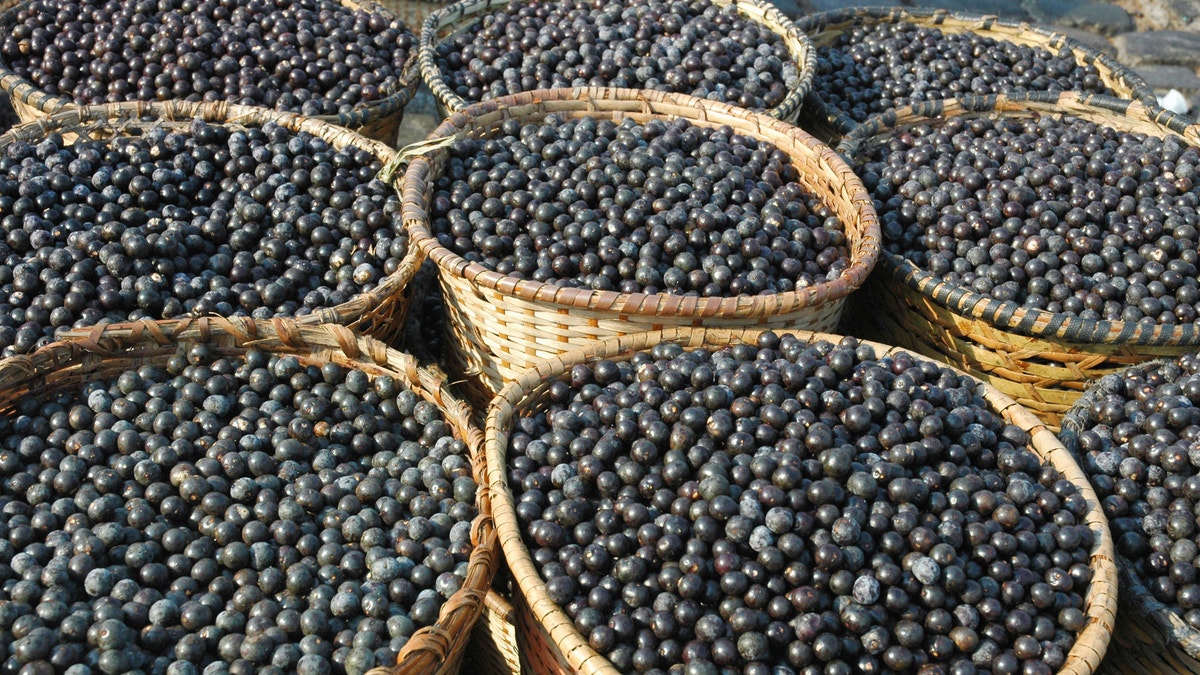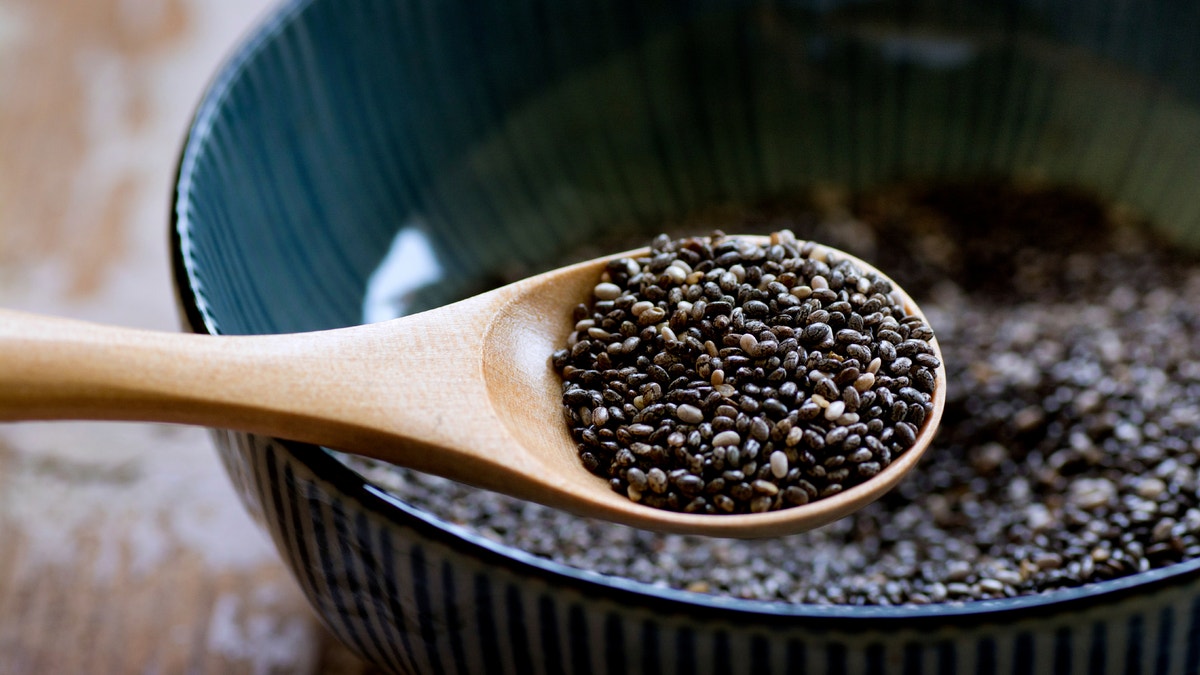Traditional wisdom holds that an apple a day keeps the doctor away, but these days we look more to superstar vitamin-rich foods get our nutritional fix. The definition for superfoods is loose but the idea is straightforward — loaded with vitamins, minerals, flavanoids and antioxidants -- these particular edibles promote wellness and help combat diseases, high cholesterol and other health threats when eaten regularly.
Some of the items on our list may seem familiar (pumpkins), some are exotic (teff) and some are downright surprising (dandelion root), but all are readily available at markets and health food stores, and easily incorporated into a healthy, balanced diet.
Take a look at Gayot's top superfoods to discover grains and gourds that not only taste great, but will boost your health and vitality too.
1. Ancient grains from Africa

(iStock)
Looking for a powerful new Paleo grain? We're excited to present teff, a staple in Ethiopian cooking for hundreds of years. One of the earliest domesticated plants, teff remains an important part of the North African diet due to its versatility and ability to grow in harsh conditions. One of the smallest grains, teff is high in dietary fiber, protein, calcium and other essential minerals — and it's also gluten-free.
While Ethiopians traditionally grind teff into a flour to make injera, a sourdough flatbread, this adaptable grain can also be steamed or boiled whole to be served as a side dish, or mixed in with soups and salads. As a great gluten-free alternative to wheat flour, teff can be used in pancakes, wraps, breads and other baked goods.
2. Acai berries from the Amazon

(iStock)
Food products that are mainly antioxidants, as the name implies, counter the effects of cell oxidization and protect against some cancers, signs of aging and high blood pressure. Growing on particular palm trees in the Amazonian rainforest, this Brazilian berry is rumored to be the best superfood around. High in fiber and packed with pure lean proteins, acai contains low sugar content (compared to other super berries like blueberries) and may be added to frozen yogurts, juices and even alcoholic beverages.
3. Edible dandelion roots and bulbs

(iStock)
While the common dandelion has long been considered a home-grown weed, gardeners should think twice before discarding this small flowering plant. An herbal remedy used in both Native American and Eastern medicine, dandelion parts may treat everything from kidney disease to an upset stomach, and the green roughage is high in essential minerals like potassium and zinc, as well as B-complex vitamins, beta-carotene and vitamin C.
Since brewed dandelion roosts and bulbs may be a natural diuretic, dandelion can also help improve kidney and liver function and lower your blood pressure. Although the entire dandelion is edible, we prefer the root, which can be taken in supplement form or as an herbal tea whose slightly bitter taste can prove a caffeine-free coffee substitute.
4. Pumpkins pack flavor and Vitamin C

Pumpkins waiting to be picked in a patch (iStock)
Full of flavor and brimming with vitamins A and C, autumn’s best pumpkins are not solely for soup or destined to be your porch ornament at Halloween. The meat, seeds and oil of this fall-favorite type of squash possess vital nutrients that reduce signs of aging as well as the risk of prostate cancer in men.
In addition to boasting a high mineral content, pumpkins are considered anti-carcinogenic and anti-inflammatory, which means they promote hydration, fight free radicals which cause disease. Also, those addictive pumpkin seeds are a great source of protein, vitamins and omega-3 fatty acids, which protect brain health.
5. Control hunger and cravings with chia

(iStock)
The same seeds you recognize for sprouting grass-like plants in a terra cotta figurine are not only edible, they also pack a nutritional punch. Just two tablespoons of tiny chia seeds distributed over the course of the day provide your body with high levels of protein, fiber and omega fatty acids to protect your heart and detox your digestive organs. When consumed raw, chia seeds are crunchy and not unlike poppy seeds in their texture and size. Almost flavorless, they allow you to sneak them into many foods without telling the family just how healthy they are: Toss a handful into oatmeal or salad for added iron, calcium and zinc.
You may also soak chia in any liquid (Mexicans do it with fruit juice to create a drink known as chia fresca) so it expands along with the fluids in your stomach, which may prevent bloating and sugar cravings, creating a feeling of satiation and fullness that may last for hours. Ancient Aztecs, in fact, believed that one tablespoon of chia could sustain a warrior for 24 hours because of its fibrous, nutrient-dense properties.
Read more healthy tips from Gayot.com
Herbal Remedies to Ease Stress
